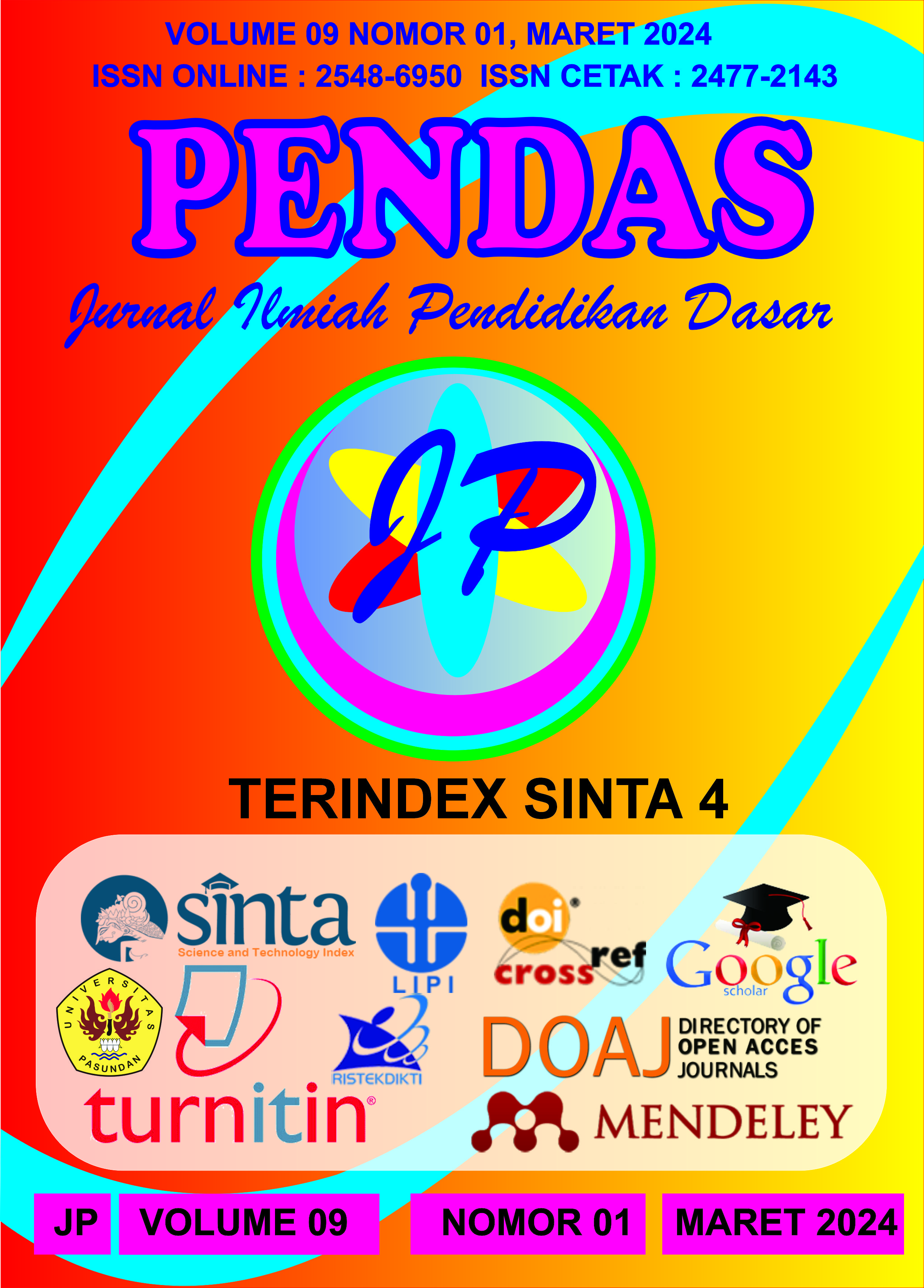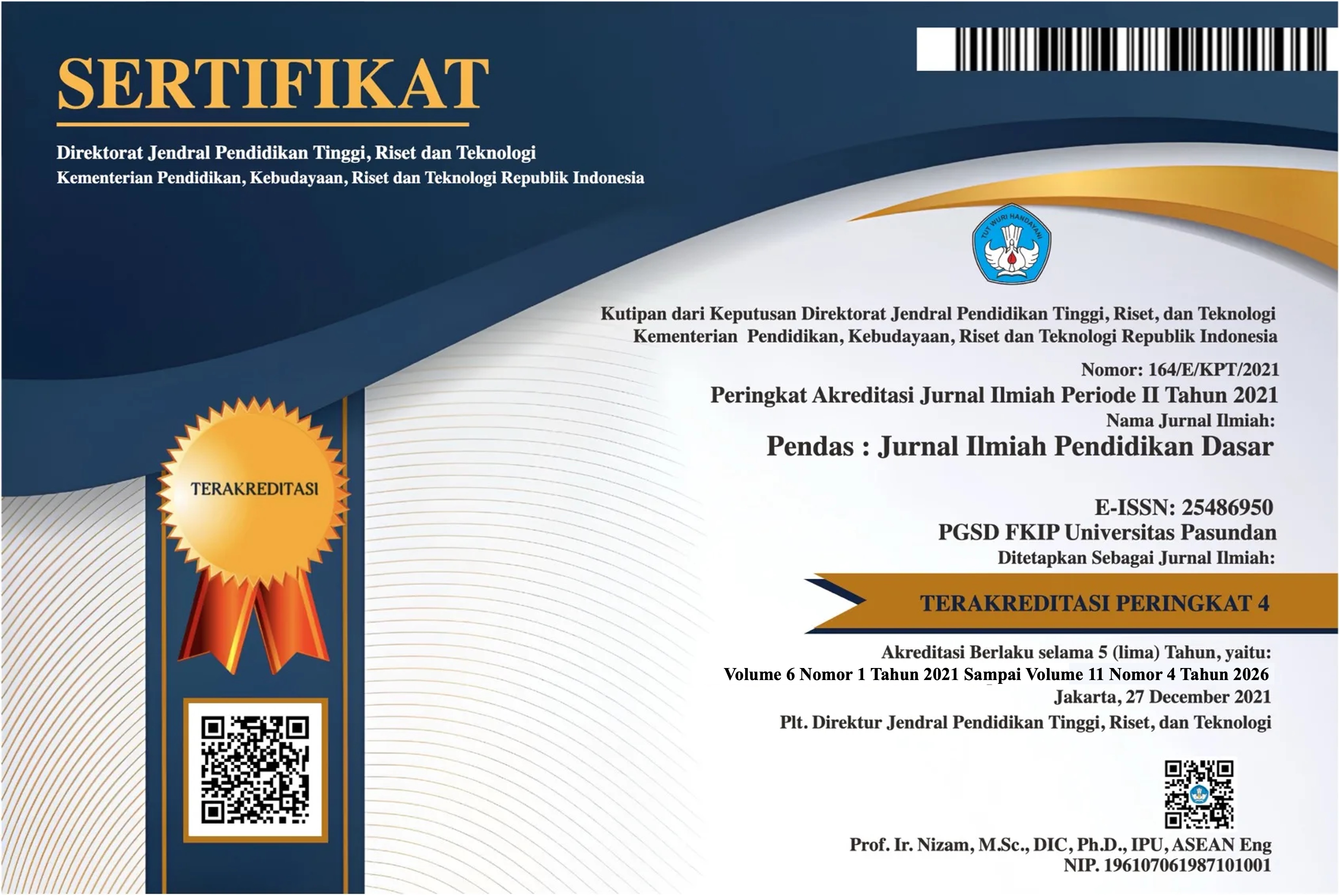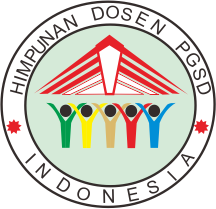SYSTEMATIC LITERATURE REVIEW: THE EFFECTIVITY OF DIGITAL-BASED ENGLISH FOR MIDWIFERY STUDENTS’ TEACHING MATERIAL
DOI:
https://doi.org/10.23969/jp.v9i1.12800Keywords:
Keywords: Digital Teaching Materials, Midwifery English, SLRAbstract
This study aims to conduct a literature review regarding the effectiveness of using digital-based English teaching materials for midwifery students. The research method used in this research is the Systematic Literature Review (SLR) method. Data collection was carried out by documenting articles that had similar research. The articles used were 9 national journals indexed by Google Scholar over the last ten years. Based on research, it was found that digital-based English teaching materials for midwifery received a positive response, were appropriate, interesting, effective and efficient but were not widely used. It is hoped that this research can provide additional knowledge for ESP English lecturers, especially in the field of midwifery, so that it can increase the creativity and quality of lecturers in making English teaching materials for midwifery students. This research clarifies, outlines and describes previous research regarding the effectiveness of digital media in the use of English language teaching materials for midwifery students. Based on the research conducted, no one has carried out this research.Downloads
References
REFERENCES
Abd. Syakur , Rikhly Faradisy, F. S. (2020). Peningkatan Minat Belajar Bahasa Inggris Akademik Kebidanan Graha Husada Melalui Aplikasi Google Class Room Pada Masa Pandemi Covid-19 Abd.Abd. Syakur , Rikhly Faradisy, Fajar Surahman. Jurnal Pengabdian Dan Pemberdayaan Nusantara, 2(1), 88–95. http://journal.unublitar.ac.id/jppnu
Aditya, D. S. (2019). “BEM” An Android Application Model to Enhance Midwifery Students English Speaking Competence. Journal of Foreign Languange Teaching and Learning, 4(1). https://doi.org/10.18196/ftl.4137
Ambarwati, K. (2023). Perbandingan Hasil Belajar Online dan Offline pada Mata Kuliah Bahasa Inggris Mahasiswa Program Studi Kebidanan. Journal on Education, 05(03), 10512–10518.
Arianggara, A. W., Baso, Y. S., Ramadany, S., Manapa, E. S., & Usman, A. N. (2021). Web-based competency test model for midwifery students. International Journal of Health & Medical Sciences, 4(1), 1–7. https://doi.org/10.31295/ijhms.v4n1.380
Ariawati Susiandari, & Dewi Parwati. (2022). Sosialisasi Penggunaan Aplikasi Duolingo Untuk Meningkatkan Motivasi Belajar Bahasa Inggris Pada Mahasiswa DIII Kebidanan Institut Kesehatan Dan Bisnis St. Fatimah Mamuju. SEWAGATI: Jurnal Pengabdian Masyarakat Indonesia, 1(2), 01–06. https://doi.org/10.56910/sewagati.v1i2.209
Arief Pamuji. (2020). The Students’ Free Writing Toward Ict As Media In English Learning On Midwifery Students Of Stikes Pembina. 1(2), 37–45.
Choppin, J., & Borys, Z. (2017). Trends in the design, development, and use of digital curriculum materials. ZDM - International Journal on Mathematics Education, 49. https://doi.org/10.1007/s11858-017-0860-x
Ekawati, D., Gloriani, Y., & Mascita, D. E. (2022). Pengembangan Bahan Ajar Teks Deskripsi Digital Menggunakan Aplikasi Kvisoft Flipbook Maker Untuk Siswa Kelas Vii Di Smp. Jurnal Tuturan, 11(1), 46. https://doi.org/10.33603/jt.v11i1.6507
Faruqi, M. T. (2023). Penggunaan Video Monolog untuk Meningkatkan Keterampilan Berbicara untuk Bidan pada Mahasiswa Kampus IBISA Purworejo. 1, 44–49.
Fh, Y., Barlian, I., & Fatimah, S. (2021). Efektivitas Penggunaan Bahan Ajar Digital Interaktif Berbasis Blog Dalam Meningkatkan Hasil Belajar Mahasiswa. Sosio-Didaktika: Social Science Education Journal, 8(1), 62–72. https://doi.org/10.15408/sd.v8i1.20727
Göçen Kabaran, G., & Uşun, S. (2021). Evaluation of the Professional Development Program in Digital Material Design According to the Kirkpatrick’s Model. Uluslararası Eğitim Programları ve Öğretim Çalışmaları Dergisi, 11, 65–88. https://doi.org/10.31704/ijocis.2021.004
Kaban, S. (2024). Peningkatan Kemampuan Bahasa Inggris Mahasiswa Kebidanan Melalui Aplikasi Video TikTok. 83–90.
Kasimbara, R. P. (2018). Developing ESP Instructional Materials for Students of Midwifery at Poltekkes Brawijaya Malang. Bitkom Research, 63(2), 1–3. http://forschungsunion.de/pdf/industrie_4_0_umsetzungsempfehlungen.pdf%0Ahttps://www.dfki.de/fileadmin/user_upload/import/9744_171012-KI-Gipfelpapier-online.pdf%0Ahttps://www.bitkom.org/ sites/default/files/ pdf/Presse/Anhaenge-an-PIs/ 2018/180607 -Bitkom
Khoiron, M., Harmanto, Kasdi, A., & Wardani, A. R. (2021). Development of Digital Social Studies Teaching Materials In The Era Of Pandemic Emergency Learning. The Indonesia Journal of Social Studies, 4(1), 36–44. https://journal.unesa.ac.id/index.php/jpips/article/view/8508/4156
Khoirunnisa, E., & Habibah, E. (2020). Profil Keterampilan Abad 21 (21st Century Soft Skills) Pada Mahasiswa. Iktisyaf: Jurnal Ilmu Dakwah Dan Tasawuf, 2(2), 55–68. https://doi.org/10.53401/iktsf.v2i2.20
Komara, E. (2018). Penguatan Pendidikan Karakter dan Pembelajaran Abad 21. SIPATAHOENAN: South-East Asian Journal for Youth, Sports & Health Education, 4(1), 17–26. www.journals.mindamas.com/index.php/sipatahoenan
Kosasih, E. (2021). Pengembangan Bahan Ajar. Bumi Aksara.
Lilis. (2019). Pengembangan Bahan Ajar Digital pada Mata Pelajaran Dasar Listrik dan Elektronika Kelas X. Jurnal Teknologi Pendidikan Dan Pembelajaran, 6(2), 156–168. https://jurnal.untirta.ac.id/index.php/JTPPm/article/viewFile/7423/5155
Mastroleo, N., Humm, L., Williams, C., Kiluk, B., Hoadley, A., & Magill, M. (2020). Initial testing of a computer-based simulation training module to support clinicians’ acquisition of CBT skills for substance use disorder treatment. Journal of Substance Abuse Treatment, 114, 108014. https://doi.org/10.1016/j.jsat.2020.108014
Mella, B., Wulandari, I. G. A. A., & Wiarta, I. W. (2022). Bahan Ajar Digital Interaktif Berbasis Problem Based Learning Materi Keragaman Budaya. Jurnal Penelitian Dan Pengembangan Pendidikan, 6(1), 127–136. https://doi.org/10.23887/jppp.v6i1.46368
Musdzalifah. (2013). Pengembangan Bahan Ajar Digital Pada Mata Pelajaran Akuntansi Perusahaan Manufaktur Kelas Xii Akuntansi Di Smk Negeri 4 Surabaya Musdzalifah Suci Rohayati Abstrak “ “ Abstract. Program Studi Pendidikan Akuntansi, 2011, 1–8. http://jurnalmahasiswa.unesa.ac.id/index.php/jpak/index
Rahman, H., & Dahlan, U. A. (2021). Pemanfaatan Informasi Digital Sebagai Bahan Ajar Membaca Kritis dan Kreatif. KODE: Jurnal Bahasa, 11, 56–64. https://www.techrxiv.org/articles/Ten_Deadly_Cyber_Security_Threats_Amid_COVID-19_Pandemic/12278792
Remillard, J. T., & Heck, D. J. (2014). Conceptualizing the curriculum enactment process in mathematics education. ZDM - Mathematics Education, 46(5), 705–718. https://doi.org/10.1007/s11858-014-0600-4
Sofyan, A., Nurhendrayani, H., Mustopa, & Hardiyanto, E. (2015). Panduan Penggunaan Bahan Ajar. In Pusat Pengembangan Pendidikan Anak Usia Dini, Nonformal Dan Informal (PP-PAUDNI) Regional 1 Bandung (Hal. 1–108)., 1–108.
Sunarti, S., & Rusilowati, A. (2021). Pengembangan Bahan Ajar Digital Gerak Melingkar Berbantuan Scratch Berbasis Science, Technology, Engineering, and Mathematics. Unnes Physics Education Journal, 9(3), 283–290. http://journal.unnes.ac.id/sju/index.php/upej
Susanto, J., & Latief, M. A. (2016). Developing English Teaching Material for Midwifery Students. Journal of Teaching English for Specific and Academic Purposes, 4(3), 527–537. https://doi.org/10.22190/JTESAP1603527S
Syafnil, L. (2020). Analisis Pelaksanaan Pembelajaran Google Classroom pada Era Pandsemi Covid 19 di Akademi Kebidanan Keris Husada. d.
Tegeh, I. M., Jampel, I. N., & Pudjawan, K. (2020). Model Penelitian Pengembangan. In Chemistry Education Review (CER) (Vol. 3, Issue 2). Graha Ilmu.
Triandini, E., Jayanatha, S., Indrawan, A., Werla Putra, G., & Iswara, B. (2019). Metode Systematic Literature Review untuk Identifikasi Platform dan Metode Pengembangan Sistem Informasi di Indonesia. Indonesian Journal of Information Systems, 1(2), 63. https://doi.org/10.24002/ijis.v1i2.1916
Downloads
Published
Issue
Section
License
Copyright (c) 2024 Pendas : Jurnal Ilmiah Pendidikan Dasar

This work is licensed under a Creative Commons Attribution 4.0 International License.



















